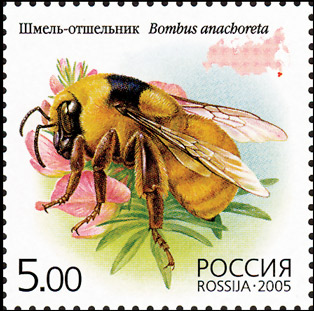Worldwide pollinator declines are attributed to a number of factors, including pesticide exposures. Neonicotinoid insecticides specifically have been detected in surface waters, non-target vegetation, and bee products, but the risks posed by environmental exposures are still not well understood. Pollinator strips were tested for clothianidin contamination in plant tissues, and the risks to honey bees assessed. An enzyme-linked immunosorbent assay (ELISA) quantified clothianidin in leaf, nectar, honey, and bee bread at organic and seed-treated farms. Total glycogen, lipids, and protein from honey bee workers were quantified. The proportion of plants testing positive for clothianidin were the same between treatments. Leaf tissue and honey had similar concentrations of clothianidin between organic and seed-treated farms. Honey (mean±SE: 6.61 ± 0.88 ppb clothianidin per hive) had seven times greater concentrations than nectar collected by bees (0.94 ± 0.09 ppb). Bee bread collected from organic sites (25.8 ± 3.0 ppb) had significantly less clothianidin than those at seed treated locations (41.6 ± 2.9 ppb). Increasing concentrations of clothianidin in bee bread were correlated with decreased glycogen, lipid, and protein in workers. This study shows that small, isolated areas set aside for conservation do not provide spatial or temporal relief from neonicotinoid exposures in agricultural regions where their use is largely prophylactic.
Source: Christina L. Mogren & Jonathan G. Lundgren, Neonicotinoid-contaminated pollinator strips adjacent to cropland reduce honey bee nutritional status. Scientific Reports 6, Article number: 29608 (2016) doi:10.1038/srep29608

- Login om te reageren
